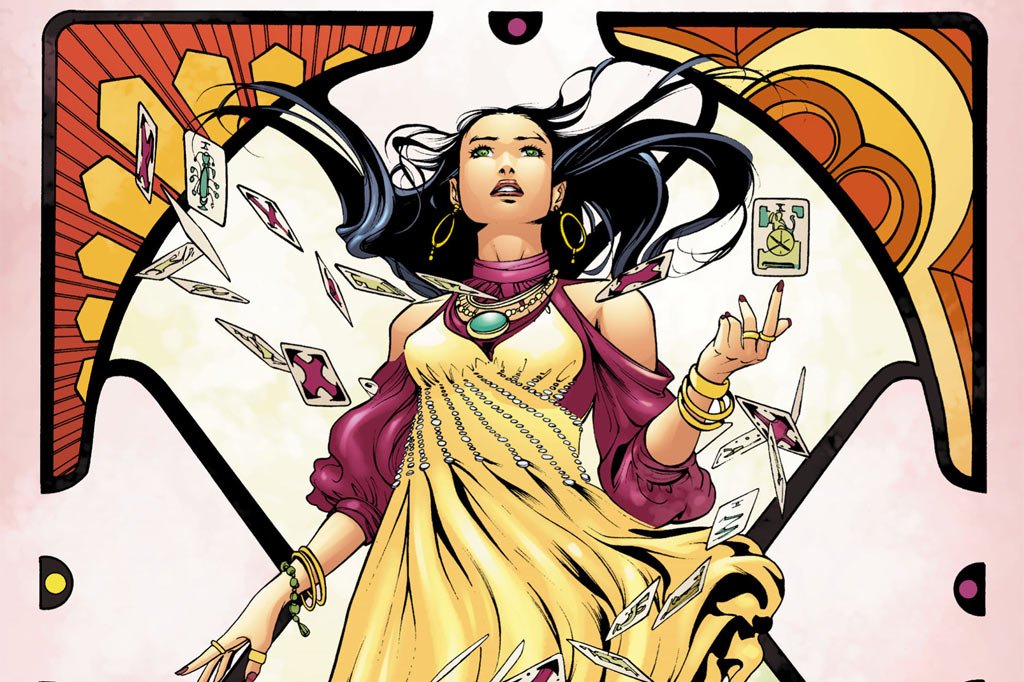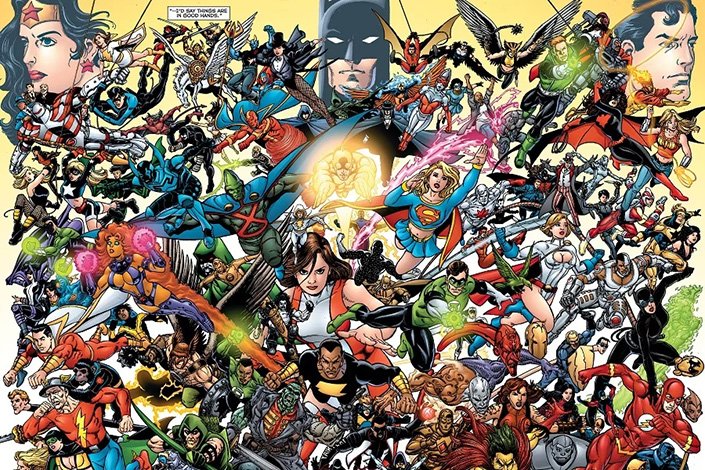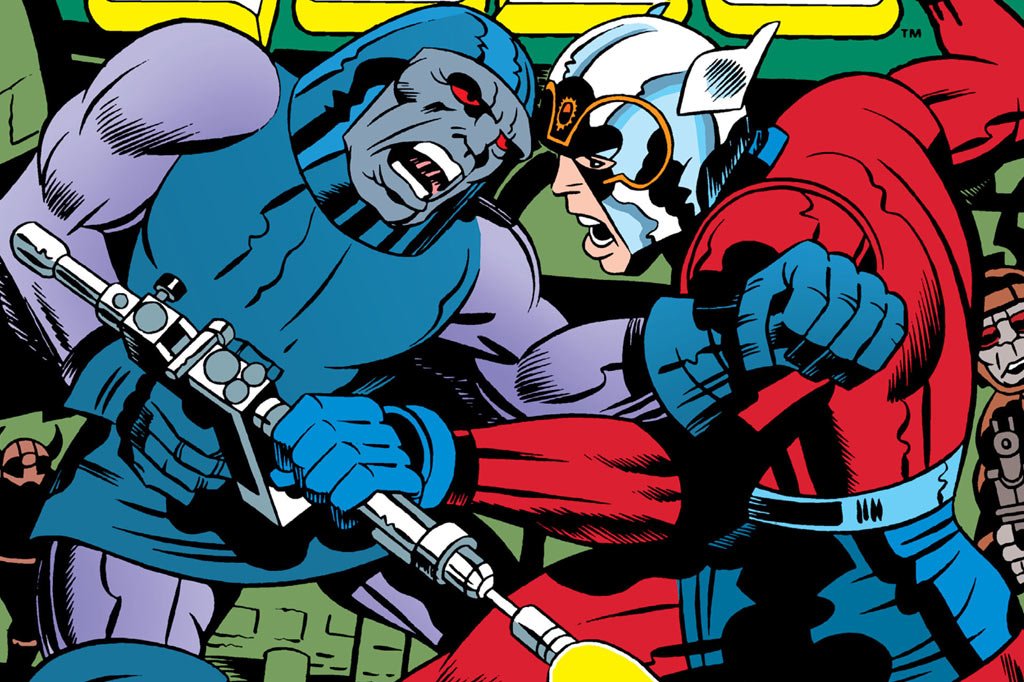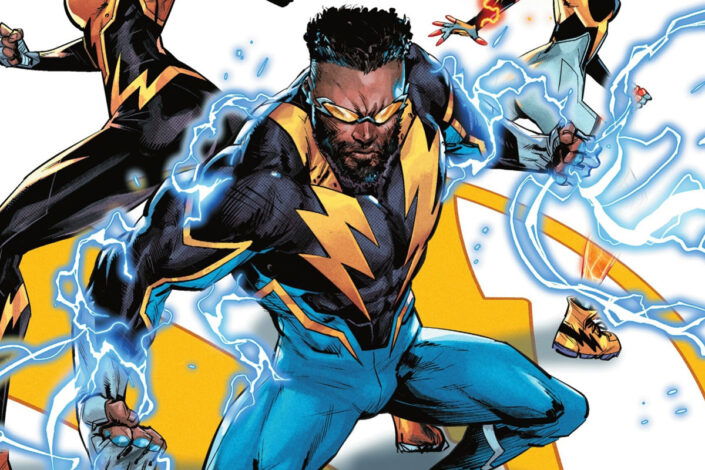Madame Xanadu, DC Comics’ Powerful Sorceress

In 1977-78, a new strategy was implemented by DC Comics, it was called the “DC Explosion.” The idea was to give readers more stories for their money and, as a result, happy customers were to buy more and put an end to the unsatisfying sales that started to worry everybody. Multiple new books were then launched. One was Doorway to Nightmare, a horror anthology series with an intriguing new character named Madame Xanadu.
The Creation of Madame Xanadu
Design by artist Michael William Kaluta who based her appearance on real-life model Cathy Ann Thiele, Madame Xanadu was herself a mystery. Co-created by David Michelinie, she was introduced as a mystical fortune teller who did tarot readings to the clients who entered her shop in Greenwich Village (originally in the East Village).
The stories in Doorway to Nightmare were about those clients with Madame Xanadu playing a secondary role. This was for only 5 issues as Warner Communications declared the end of the DC Explosion just after it was launched—barely three weeks after. It was the infamous “DC Implosion” and Madame Xanadu had to move her shop in the pages of the anthology The Unexpected (for only 4 issues). That said, she eventually got a one-shot title simply titled “Madame Xanadu” in 1981.








